Introduction
Akunuru, where “Aku” in Telugu means leaf and “Nuru” implies one hundred. It translates to “One hundred leaves”. According to the locals, it was also known as “Shatapatrapuram”, which also translates to the earlier mentioned meaning. This village is in the Cheriyal mandal of Siddipet district, Telangana. Akunuru is 8 km away from Cheriyal, 33 km from Siddipet, 40 km from Jangaon.
Visiting this small village and going through the inscriptional references and excavation news gave me a fascinating perspective about the rich historical background of this place. There seems to be scarce public transportation to this place from Cheriyal, but one can take a share auto or opt for private transportation.
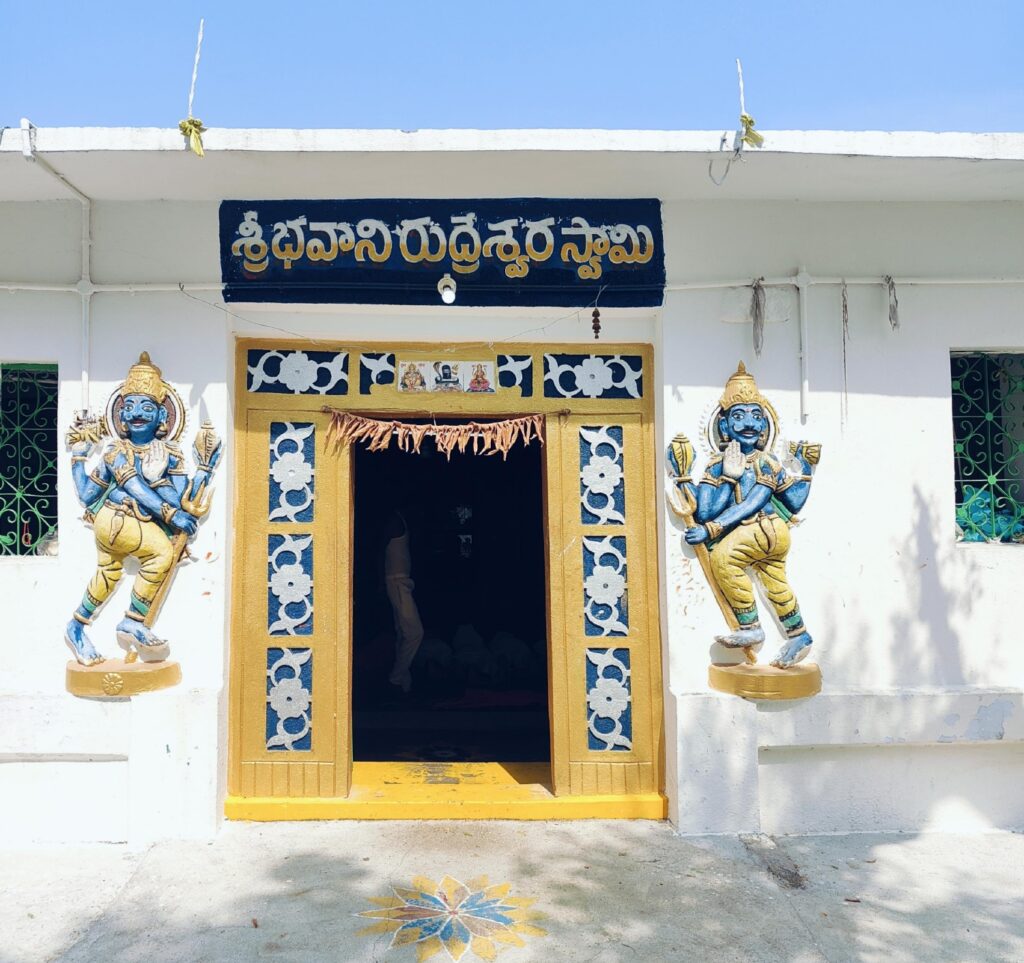
As per the article published by the Hindustan Times (April 7th 2024), there are traces of earlier settlements dating back to the Satavahanas and Ikshvaku Dynasties, such as pottery, brick pieces, and other evidence. According to the reports, these were unearthed at one of the two Patigadda (Pati mound) in the village.1
[ Note: According to the sources, there are two places with similar names. One of them, ‘Akunuru’, is in the Krishna district of Andhra Pradesh, and the other, ‘Akunuru / Akunoor’, is in Telangana. ]

Inscription near Ramalayam
There are two main temples in the village: Shri Bhavani Rudresvara Swamy Sivalayam and Ramalayam.
A damaged & undated inscription (broken into two pieces), partly worn out, discovered near the Ramalayam in the same village revealed that a person (name unclear) from Akunuru bestowed a grant (probably land), to the ‘Piriya Basadi’ (Basadis are Jain monasteries) in Kollipaka (present-day Kolanupaka near Alair, Yadadri Bhuvanagiri District).
This act by the person was recorded by the then administrator of Akunuru, ‘Indupayya’. Kollipaka was then ruled by a Rashtrakuta dynasty Chief, ‘Sankaragandarasa’ / ‘Sankaraganda’ (garu).2 Other epithets of this ruler are Ratta Martanda, Jayadhira, Bhuvanaikarama, Abhimana-Dhavala, Rattarameru, and Rattanarayaṇa. Lattalurpuravaresvara, Ratta Martanda, and Kollipakeya Gova are also the titles associated with Sankaragandarasa as per the Inscriptions of Andhra Pradesh, Nalgonda District. 3Also, the Asagaraja/Asagamarasa (another governor of Kolanupaka) holds the three titles mentioned above, as stated by the Inscriptions of Andhra Pradesh, Medak District4. Chief Sankaragandarasa also made grants to temples, jinalayas and the people, as per the records of other inscriptions.
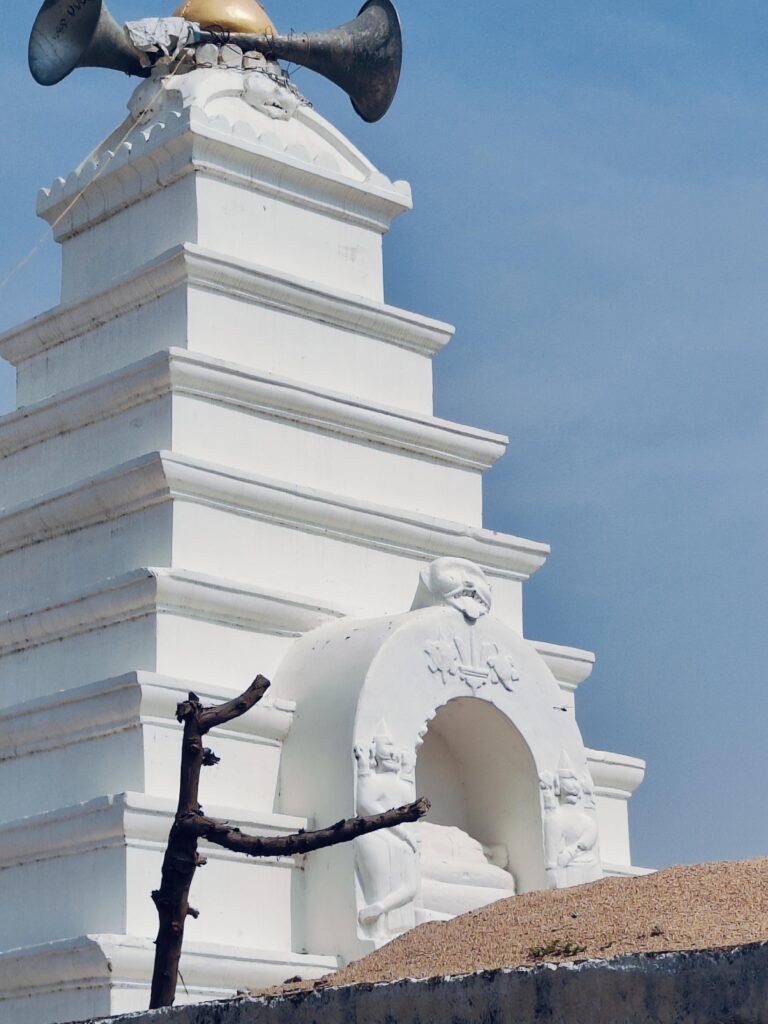
Presence of Jaina Caumukhi at Akunuru
The article published by the Kotha Telangana team in ‘Namaste Telangana’ Daily (9th May 2021) highlights Mr. Ramoju Haragopal’s notable findings of Jaina sculptures near Kotilingala gadda (mound) in the village. These sculptures included the idol of Lord Mahavira (24th Tirthankara and the founder of Jainism) and Jaina Caumukhi. 5Jaina Caumukhi is a miniature shrine with four faces depicting the Tirthankaras on each side. Sometimes, Caumukhi is also referred to as Caumukha / Caturmukha / Sarvatobhadra Pratima. Based on the insights from
‘Jaina Sarvatobhadra Pratimas: An Iconographic Discourse’ by Mr Shubha Majumder, the presence of this Caumukhi potentially alludes to the possibility of the existence of Jain monasteries or settlements in Akunuru, in the past.6 This discovery sheds light on the rich historical and cultural significance of the area.

Inscription at Rudresvara temple
An ancient inscription from the 12th century AD, dating back to Saka 1095, Vaisakha su 5, discovered near the premises of the Rudresvara temple mentions that the temple was built by Ekkatilu7, who are referred to as soldiers. The consecrated siva linga was named in honour of King Rudra Deva by the Ekkatis. They also built a water tank, and called it ‘Rudrasamudram’.
On 31st March 1172 AD, Kakatiya Rudra Deva of Anumakonda (modern-day Hanumakonda) visited Akunuru village and the temple. Pleased by these gestures, King Rudra Deva granted certain income for the worship and offerings to the Lord Rudresvara. He made tax exemptions on specific amounts of Paddy, under certain conditions. In addition, Rudra Deva had made offerings to the Brahmins, made tax exemptions and issued grants to the people of communities like Golla, Kummari, Mangali, etc, as mentioned in the inscription.8
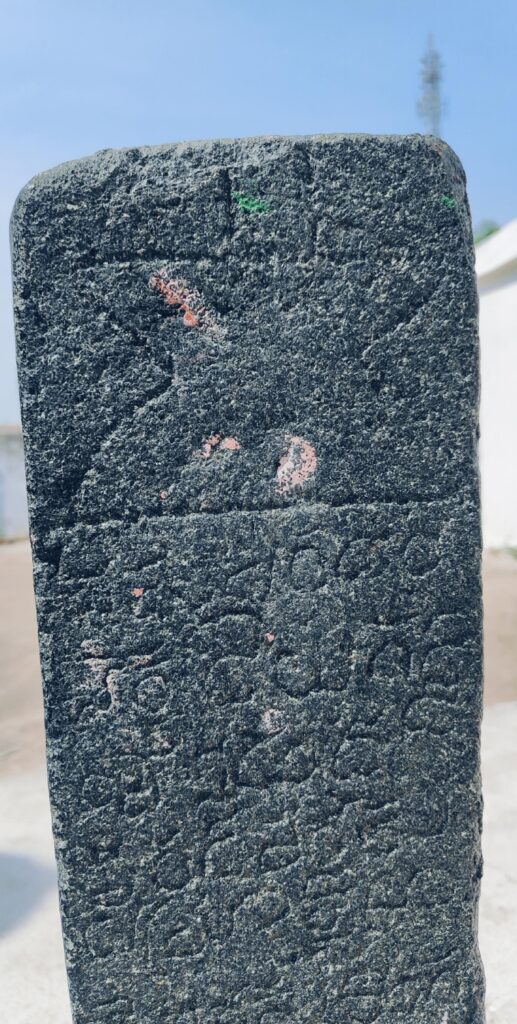
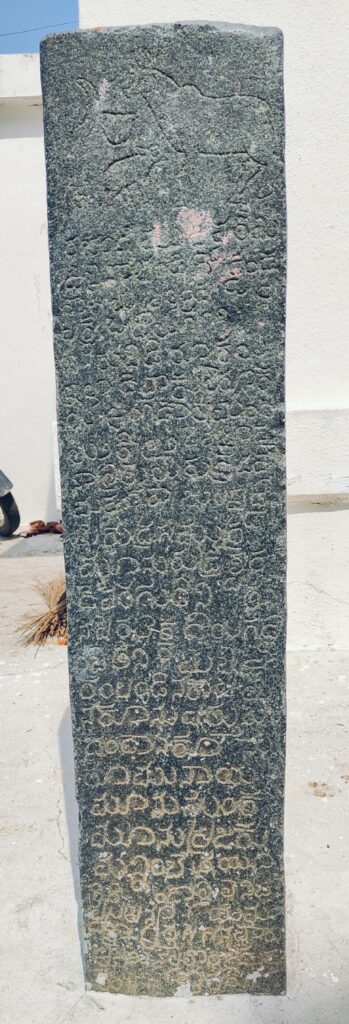
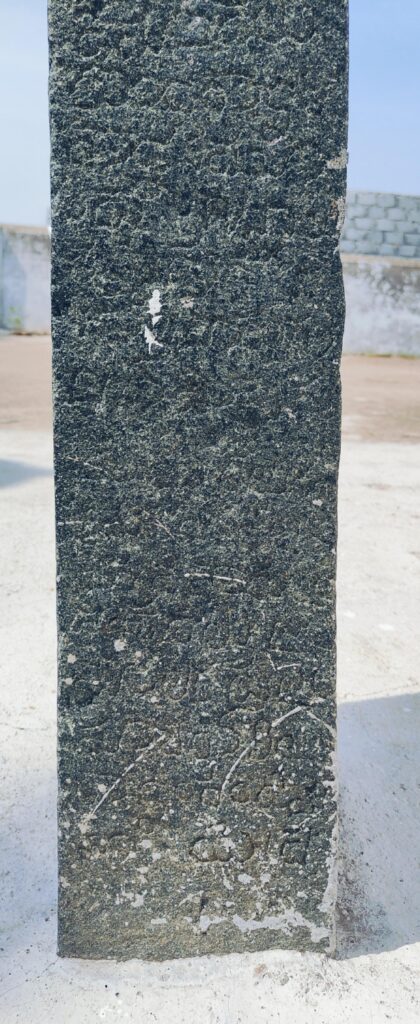
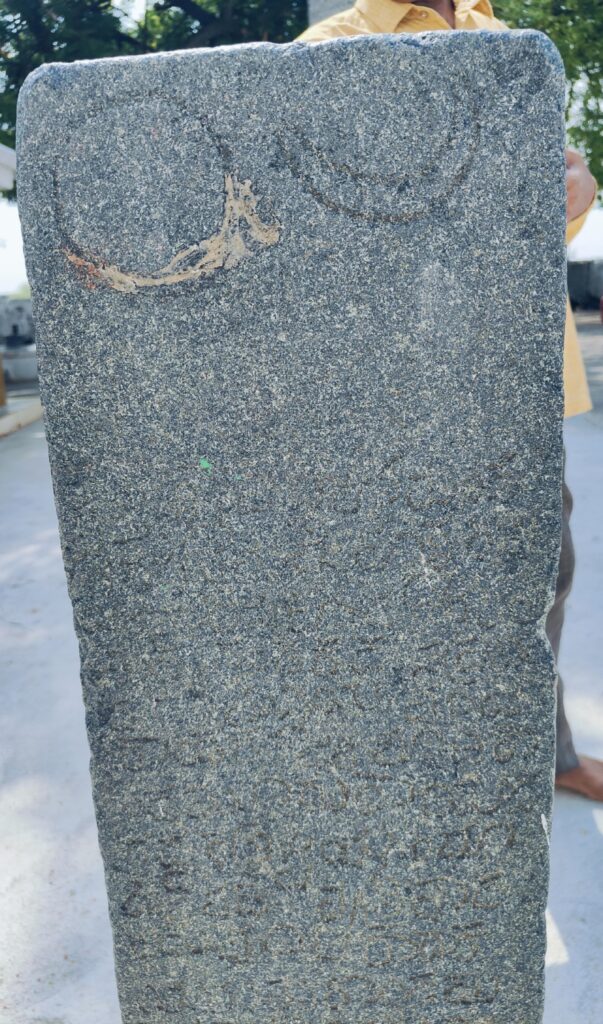
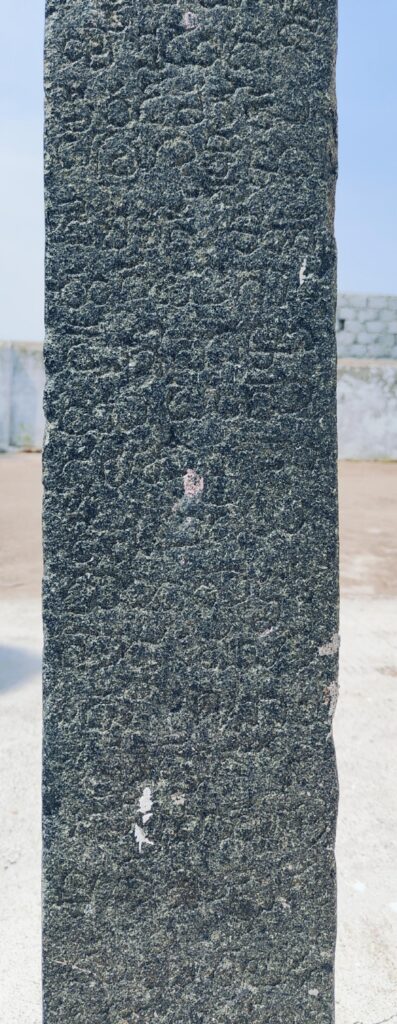
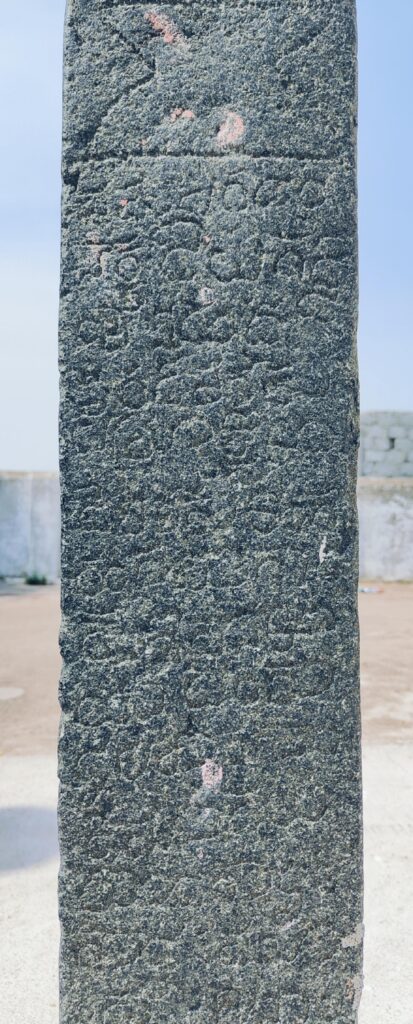
Architecture & Iconography of the Rudresvara Temple
Upon entering the temple, one can observe three main shrines and a mini 4th Shrine dedicated to Goddess Bhavani (which seems to be a later addition) adjacent to the Lord Rudresvara siva linga, under the same vimana. While the temple layout resembles the Trikutalayam arrangement seen today, each of these shrines might have been constructed during a different period. The above-mentioned point can be supported through keen observation of the distinguished designs and styles of carvings and siva lingas.

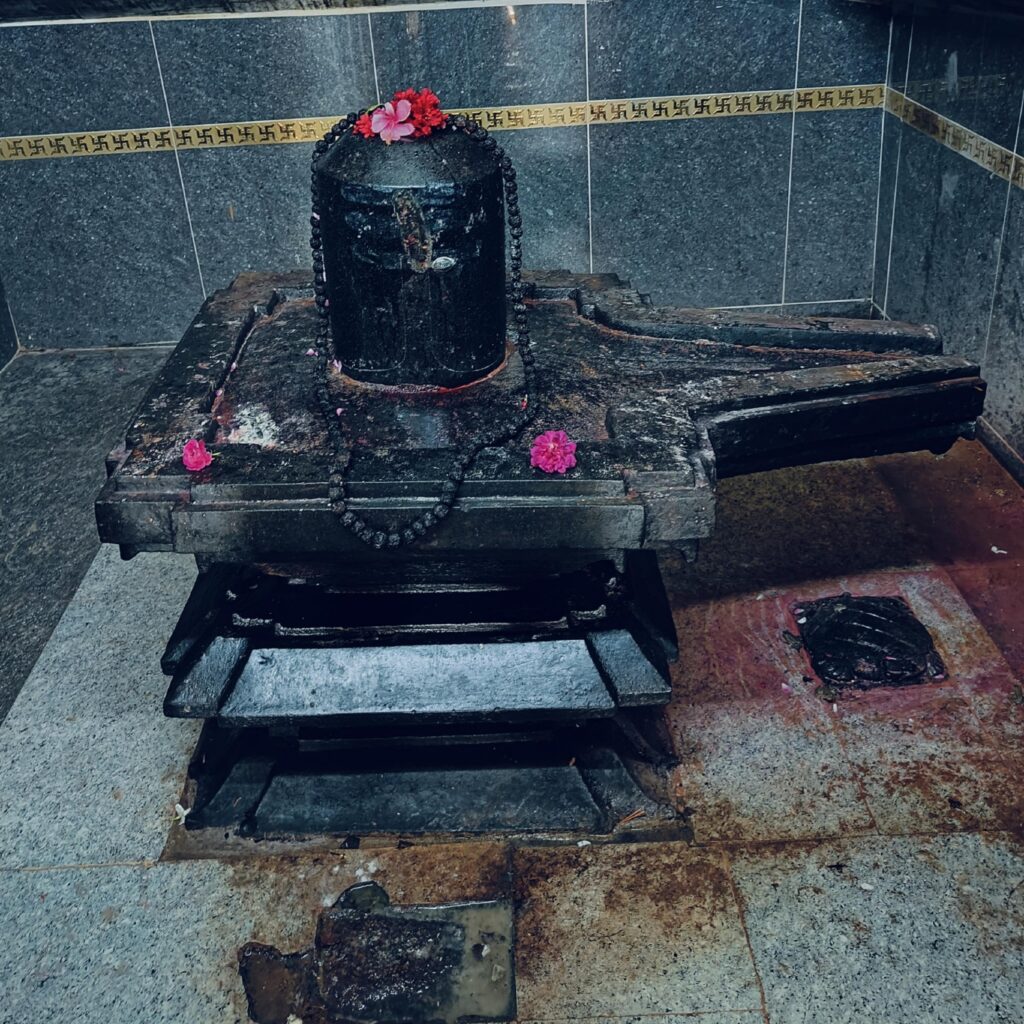
The Siva linga and the Garbhagriha (Sanctum sanctorum) on the right-hand side appear significantly more ancient when compared to the central shrine’s Kakatiya-style siva linga. Based on the above-mentioned inscriptional source and its correlation, the siva linga might date back to the Rashtrakuta period. As per the temple poojari, Hari Krishna garu, this shiv linga is known as ‘Nagaresvara’. This siva linga has a seperate Nandi placed outside the garbhagriha (inside the temple itself), while the Kakatiya-style siva linga has Nandi placed outside the temple.
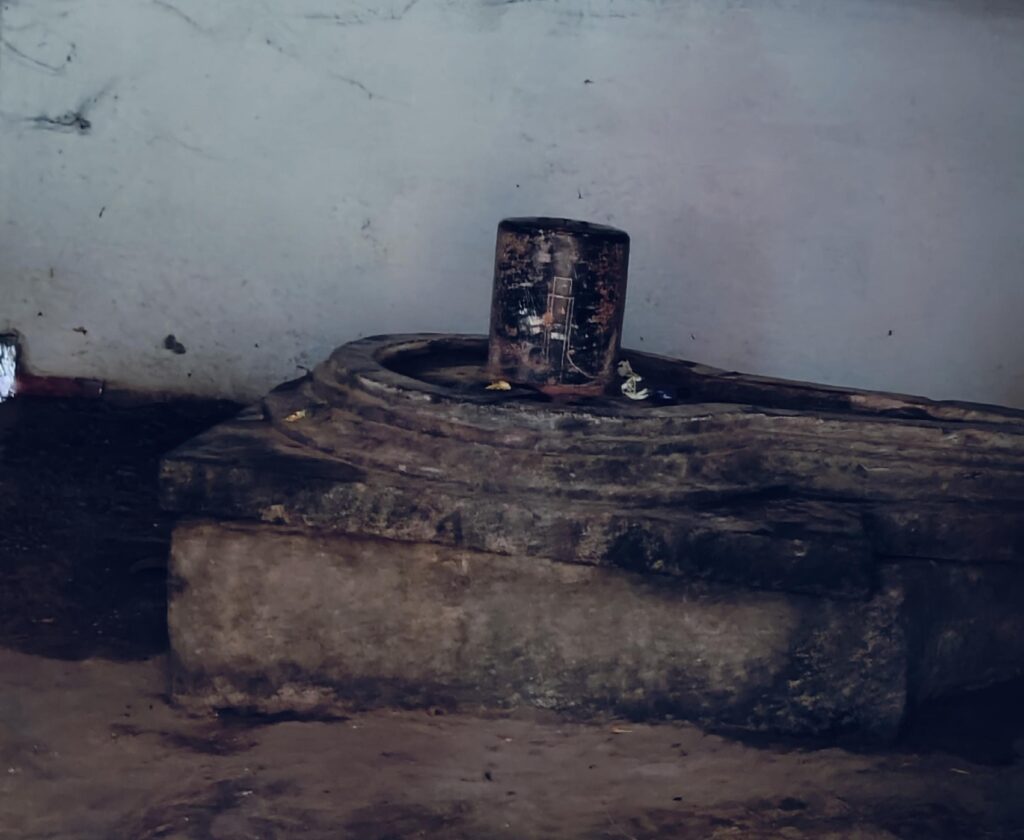
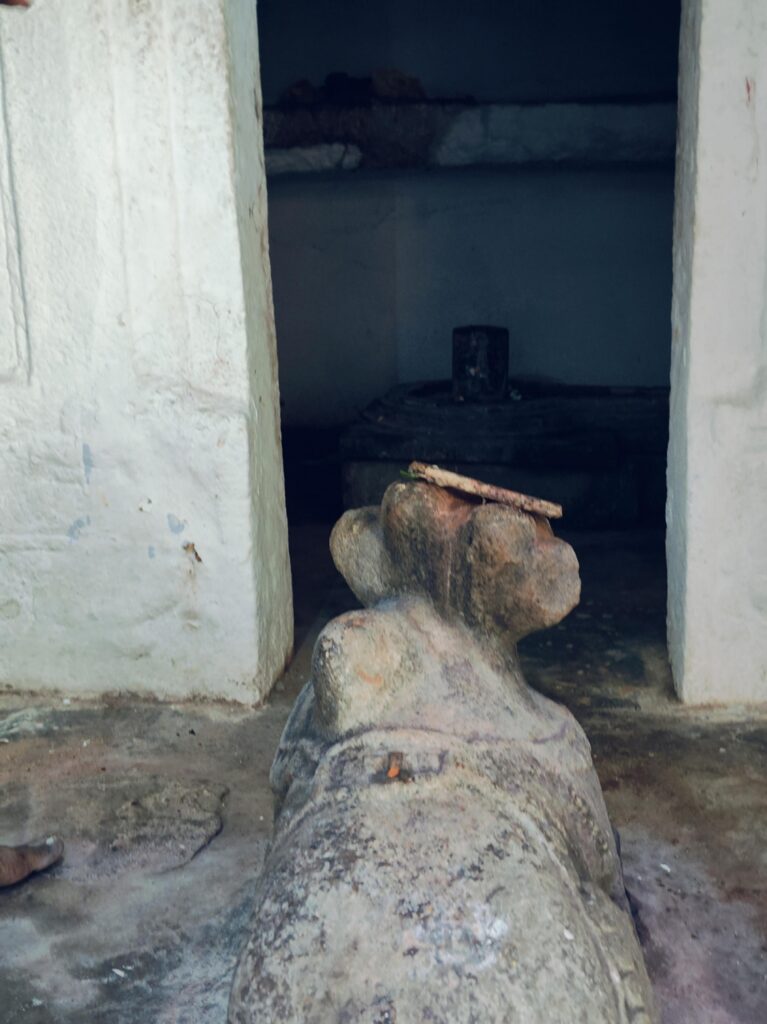
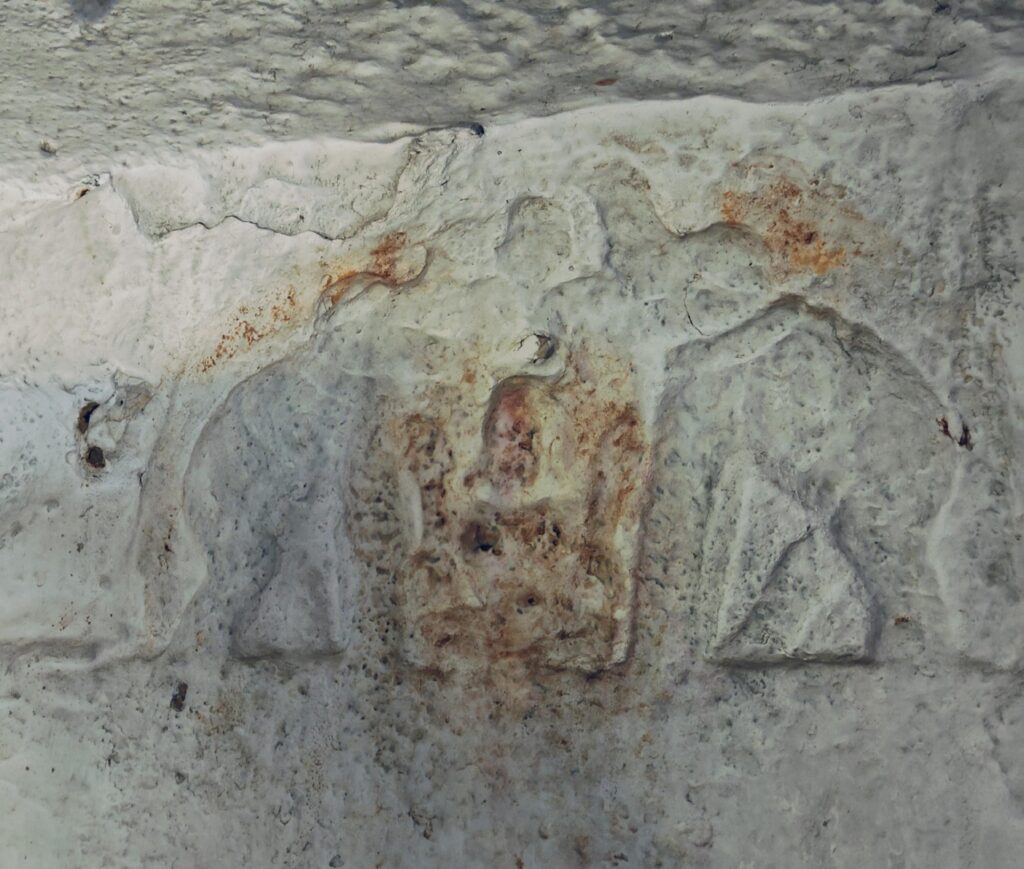
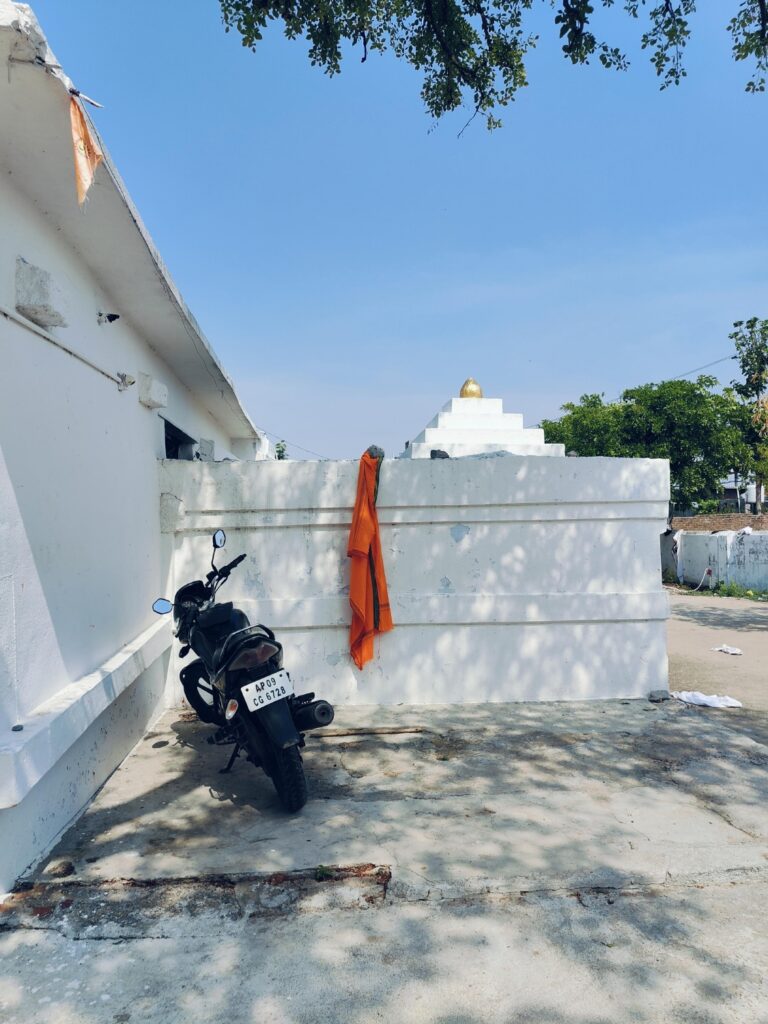
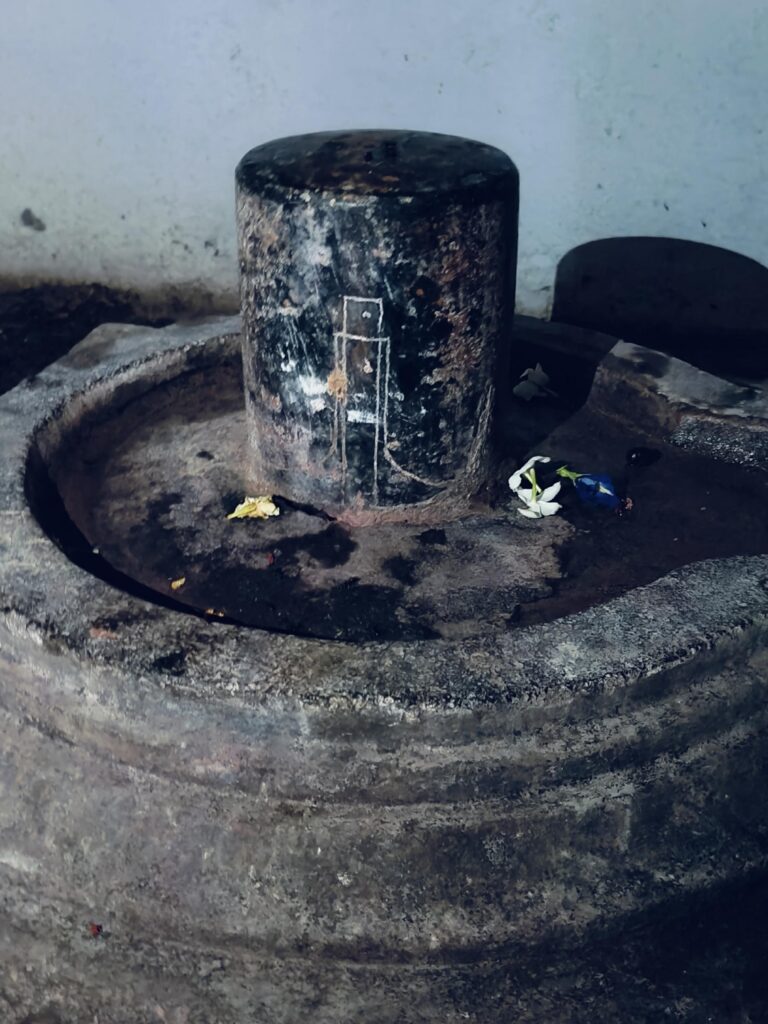
The third shrine on the left-hand side houses a skilly carved idol of Lord Virabhadra Swamy adorning ayudhas and sandals. The books, ‘Sritatvanidhi’ and ‘Kara Agama’, mention the detailed description of the iconographical elements that are to be focused on while sculpting the idol of Lord Virabhadra. Click on the link given below, to know more about the detailed understanding of the idol.9 https://www.instagram.com/p/C9IQkNTStOa/?utm_source=ig_web_copy_link

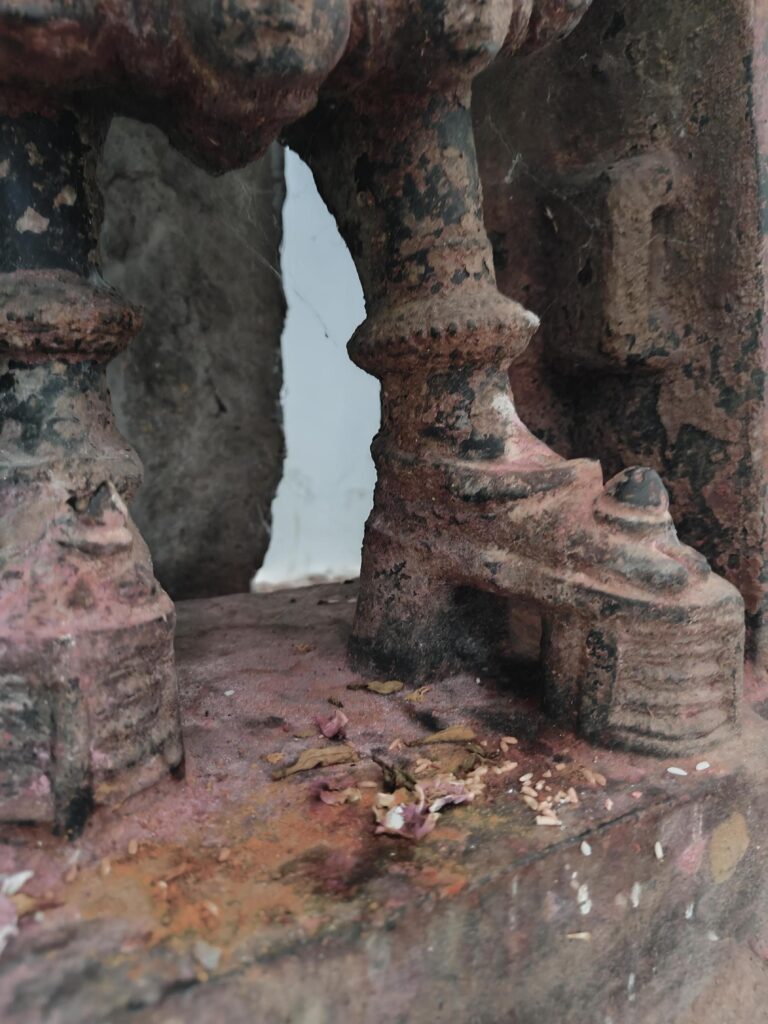
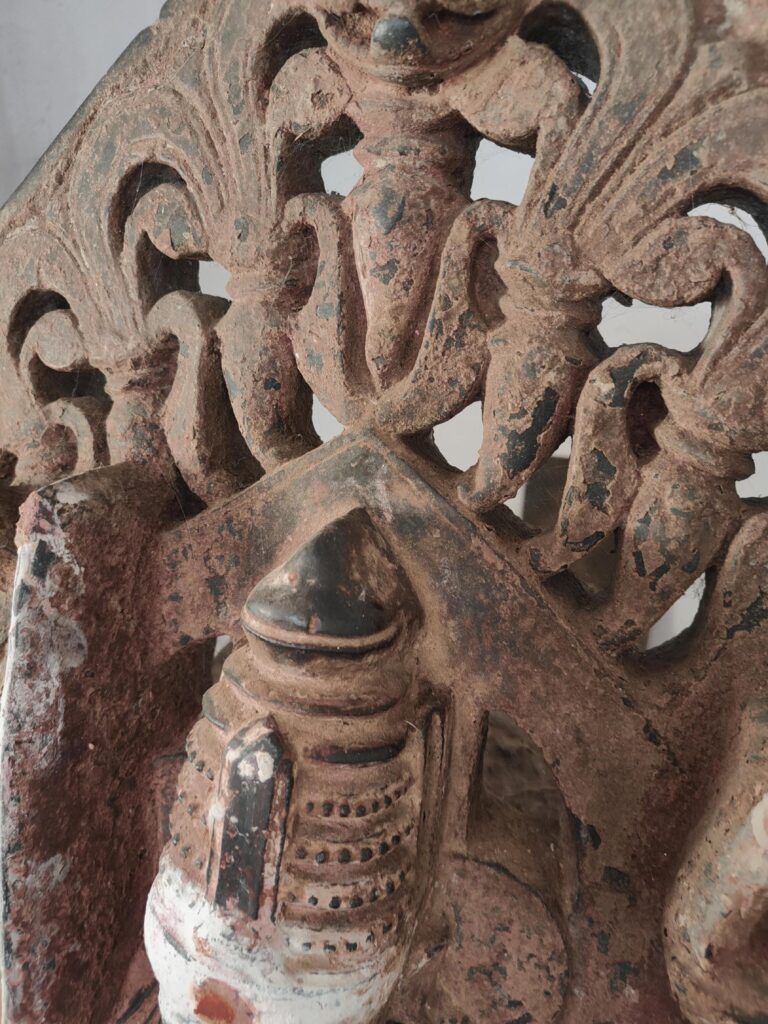
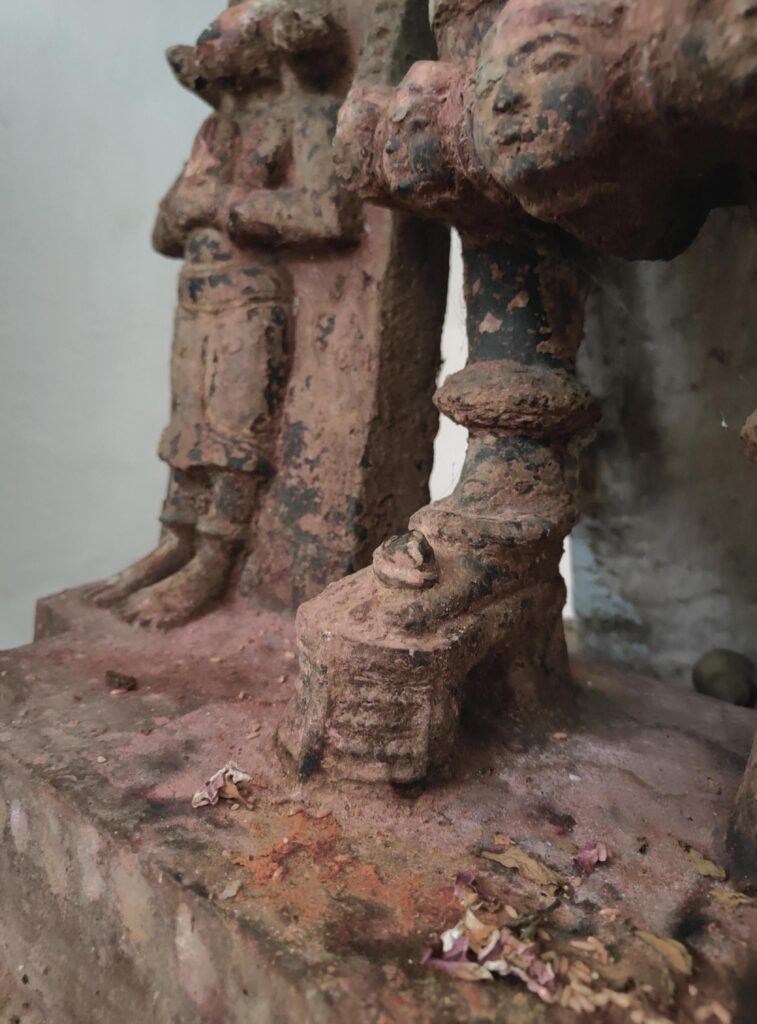
The Vimanas of the three shrines are whitewashed, and there is an ambiguity in finding out if these stepped-shaped pyramidal vimanas are made of stone or cement. There is a Nandi mandapa featuring a beautifully carved Nandi idol adorned with intricate ornamentation, in the premises. Adjacent to the Nandi mandapa is a stone Stambha (Pillar) with an idol of Nandi present on the top. Also, at the entrance, there is a medium-sized ancient Bhairava statue with a detailed representation. In the temple, we have a Ranga or Natyamandapa, supported by four stone pillars, without any carvings on them. On the right side of the Natya mandapa, there is a stunning panel of Saptamatrikas, along with their respective vahanas. This is a brief overview of the Rudresvara temple.


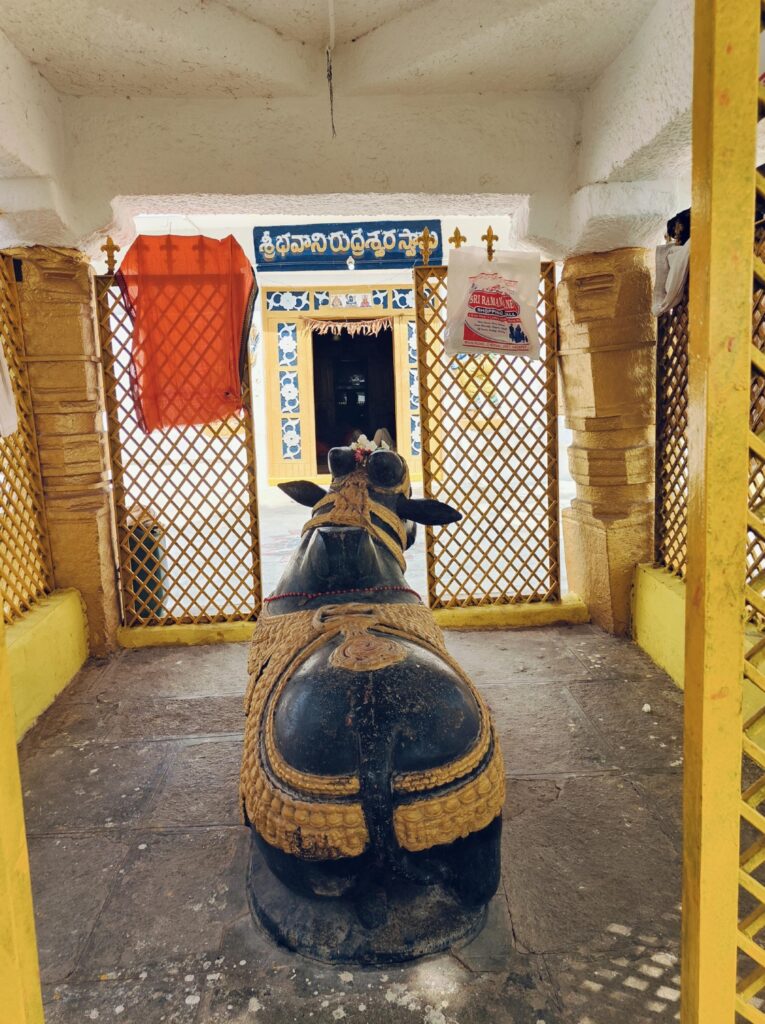
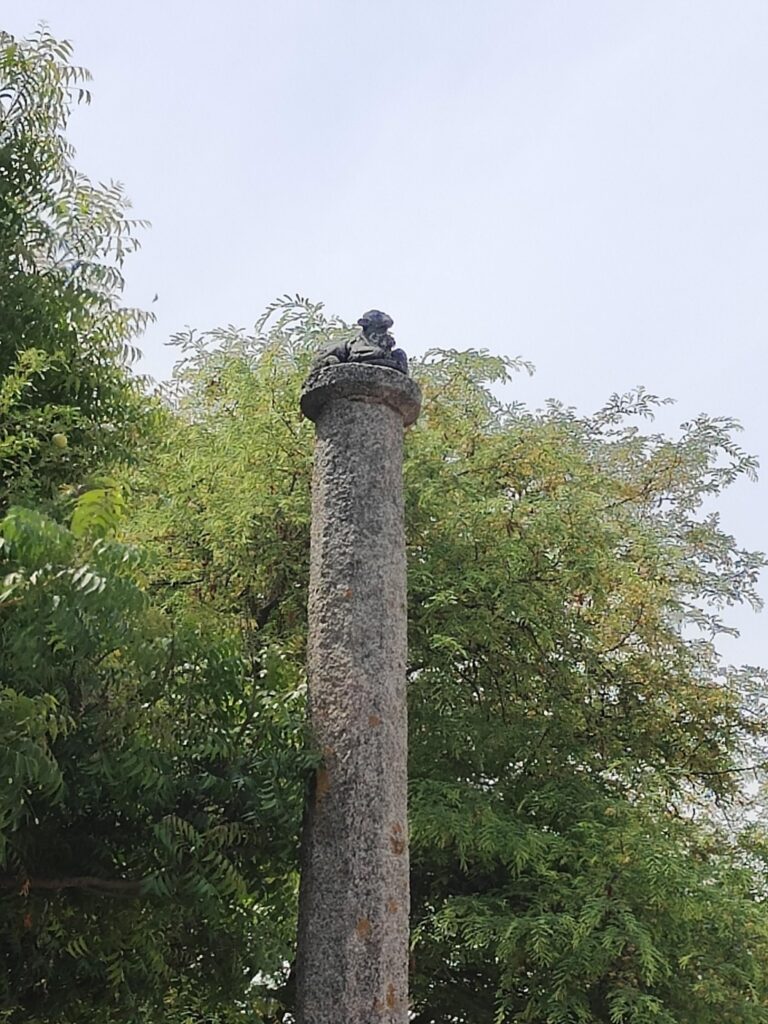

Architecture & Iconography of the Ramalayam
Ramalayam is situated at a distance of 50m from Rudresvara temple. There isn’t any mention of this temple in any of the inscriptions found in the village. Like Rudresvara temple, this temple also features a stepped-shaped Vimana and painted walls, making it challenging to discern whether it is constructed from stone or cement (the Vimana seems to be made of cement). The Sukanasa (a protruding structure from the vimana) has a representation of Sheshayana Vishnu. The temple consists of Mandapa, Antarala and Garbhagriha (Sanctum Sanctorum). Primarily inside the garbhagriha, there are idols of Lord Rama, Sita Devi and Laksmana with other deities. Additionally, Vishnu Dwarapalakas, Jaya and Vijaya, flank the entrance to Antarala. The pillars inside the temple appear old and made of stone. There are ancient idols of Lord Surya and Lord Vishnu, and there is a Garuda shamba at thetemple’s entrance.


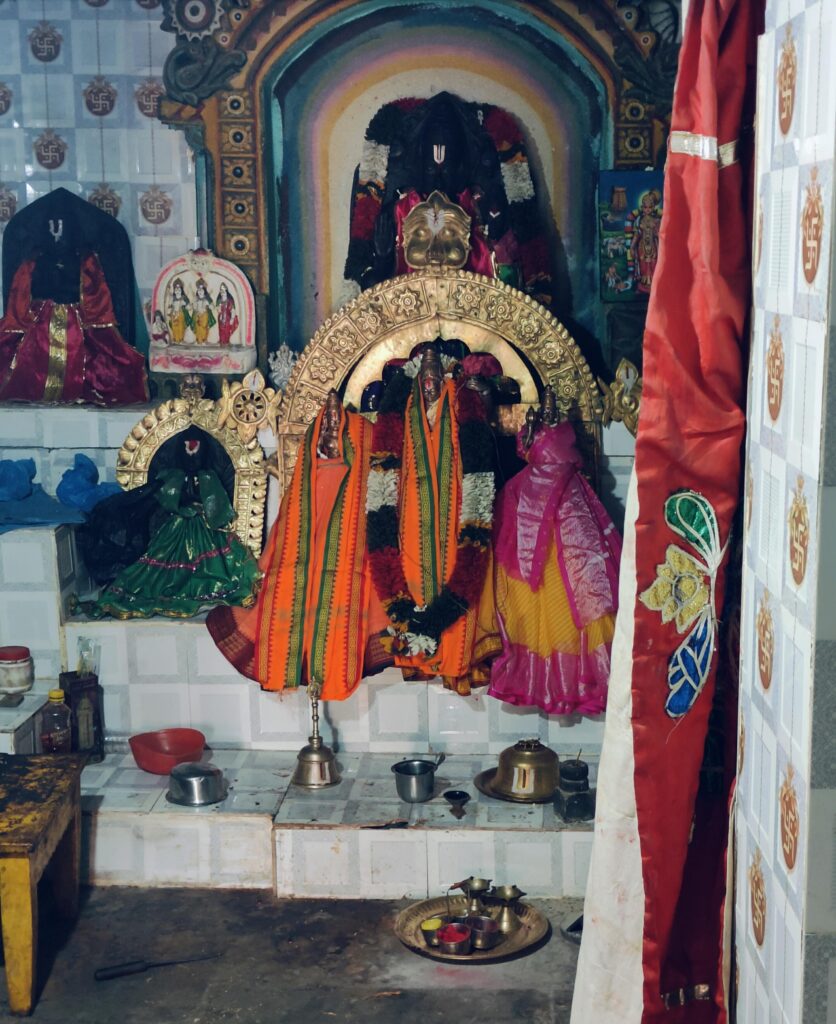
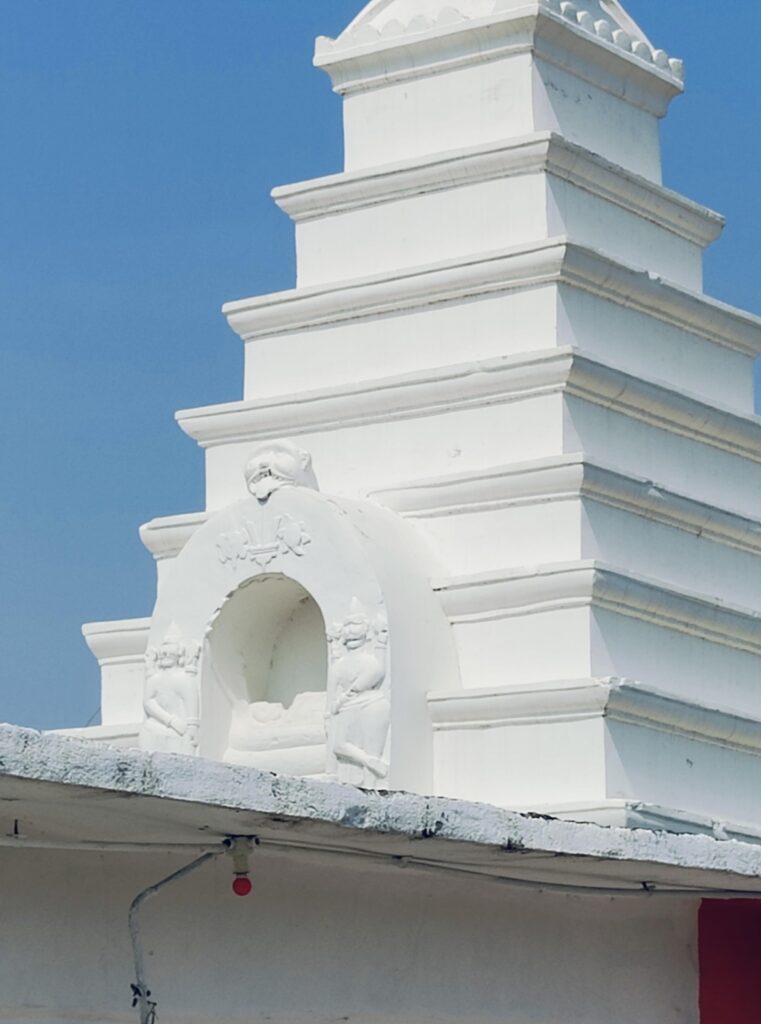
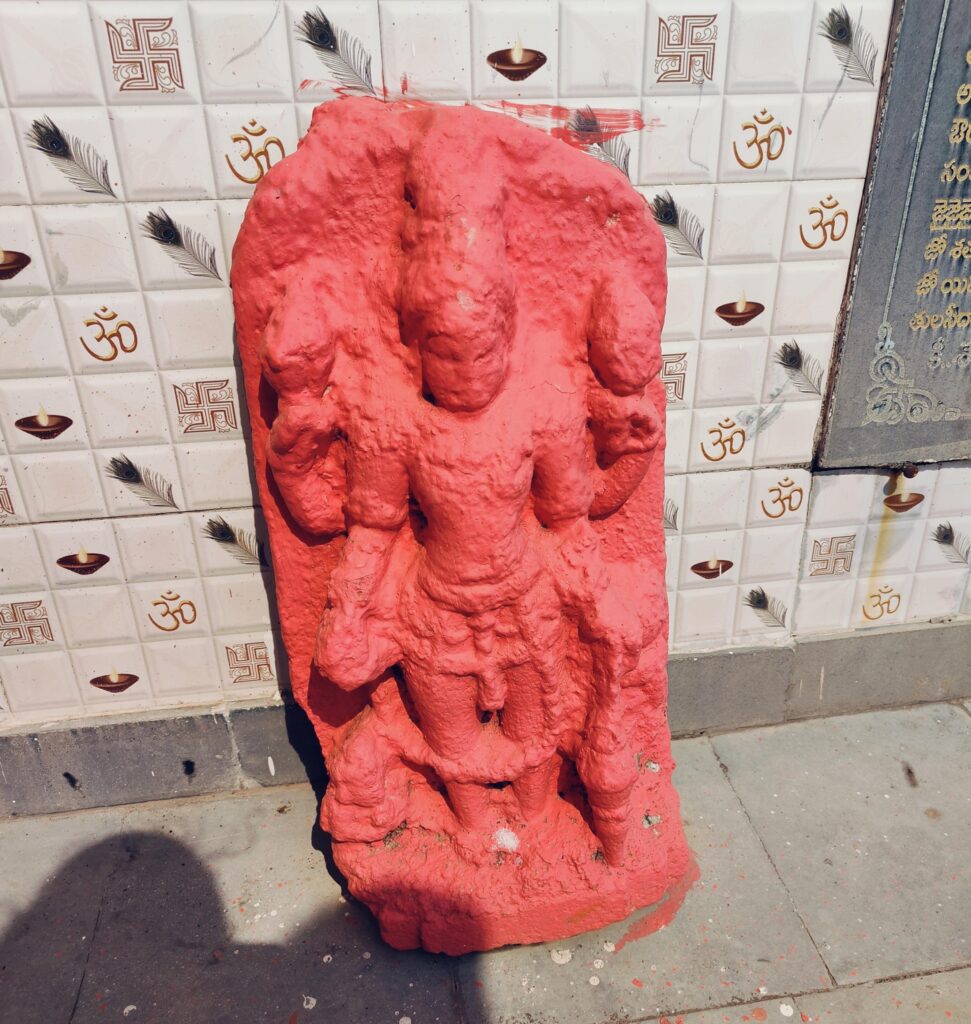
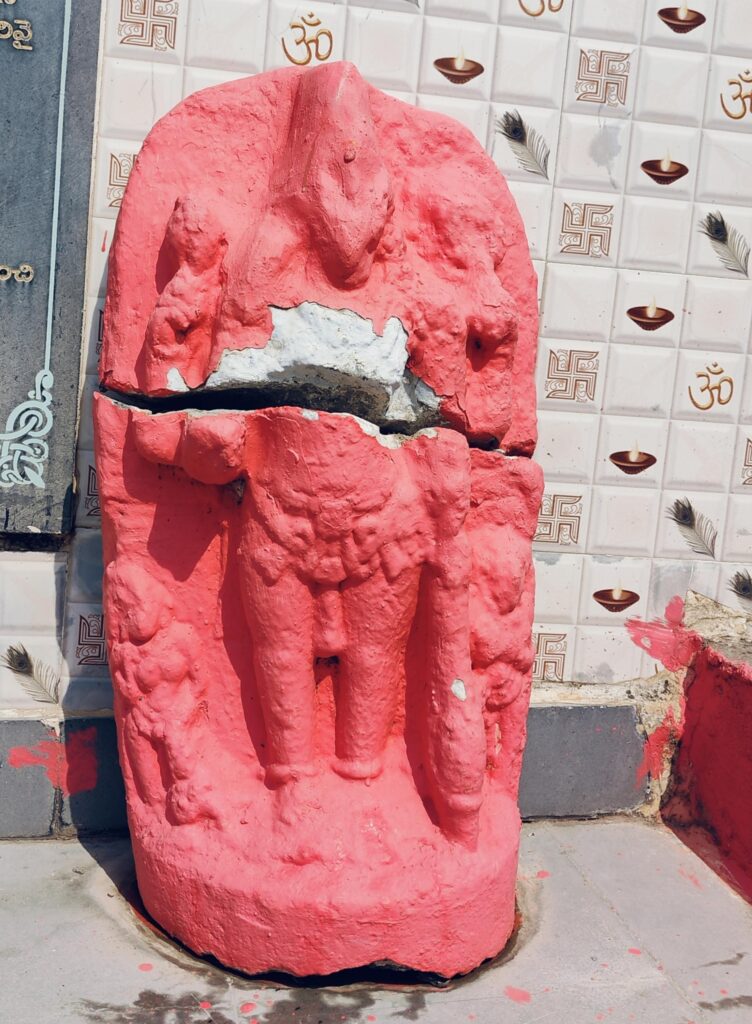
In the secluded village of Akunuru, the rich and vibrant history traces its roots back to the era of the Rashtrakutas and Kakatiyas. There are traces of Jain influence in the region as well. I extend my heartfelt appreciation to Dr D Surya Kumar garu for the consistent and invaluable guidance, as well as for sharing the inscription linked to Sankaragandarasa. My commendation goes to Mr Haragopal garu and the Kotha Telangana team for bringing forward this significant excavation of Jaina Chaumukhi in Akunuru. Furthermore, I’m deeply thankful to Katta Srinivas garu for sending the pivotal article, that played a crucial role in establishing connections between the Inscription and the findings from the excavation. Lastly, I express my profound gratitude to my Peddanana to Mr. S Ravinder for accompanying me to explore the ancient temples in the region.
Location of the temple: Akunnor Village, Cheriyal Mandal, Siddipet District, Telangana, India
X2FG+63J, Akunoor, Telangana 506223
© Pictures- Dasi Yoga Rakshitha
Bibliography:
- Title: Siddipet Akunuru Village : సిద్ధిపేట జిల్లాలో దేవాలయాల నగరం – ఈ ‘ఆకునూరు’ గ్రామ చరిత్ర చదవాల్సిందే..! Apr 07, 2024
https://telugu.hindustantimes.com/telangana/akunuru-village-in-siddipet-is-a-city-of-temples-121712475277313.html ↩︎ - Inscriptions of Andhra Pradesh: Warangal District No 3, A.R.No. 317 of 1966 Akunuru (Jangaon Taluk) pg (6-8) ↩︎
- Inscriptions of Andhra Pradesh, Nalgonda District Vol 1 (1992) Dated: 27th August 1077 A.D ↩︎
- Inscriptions of Andhra Pradesh, Medak District 17th August, 1072 A.D ↩︎
- Title: ‘ఆకునూరులో జైనుల శిల్పాలు లభ్యం’ May 9, 2021
https://www.ntnews.com/telangana/jain-sculptures-are-available-in-akunur-92075 ↩︎ - Book: Jainism and Jaina Culture in India, edited by: Prajoit Kumar Palit, Chapter 4 ‘Jaina Sarvatobhadra Pratimas: An Iconographic Discourse’ by Mr Shubha Majumder pg (70-92) Publication: Kaveri Books, New Delhi ↩︎
- “శాసన శబ్దకోశము (ఆంధ్రప్రదేశము)” by కుందూరి ఈశ్వరదత్తు ↩︎
- Inscriptions of Warangal District (Reprint 2016), Dated: 1172 A.D ↩︎
- Elements of Hindu Iconography (Vol 2 Part1, pages: 182-188) Author: T. A Gopinatha Rao ↩︎
